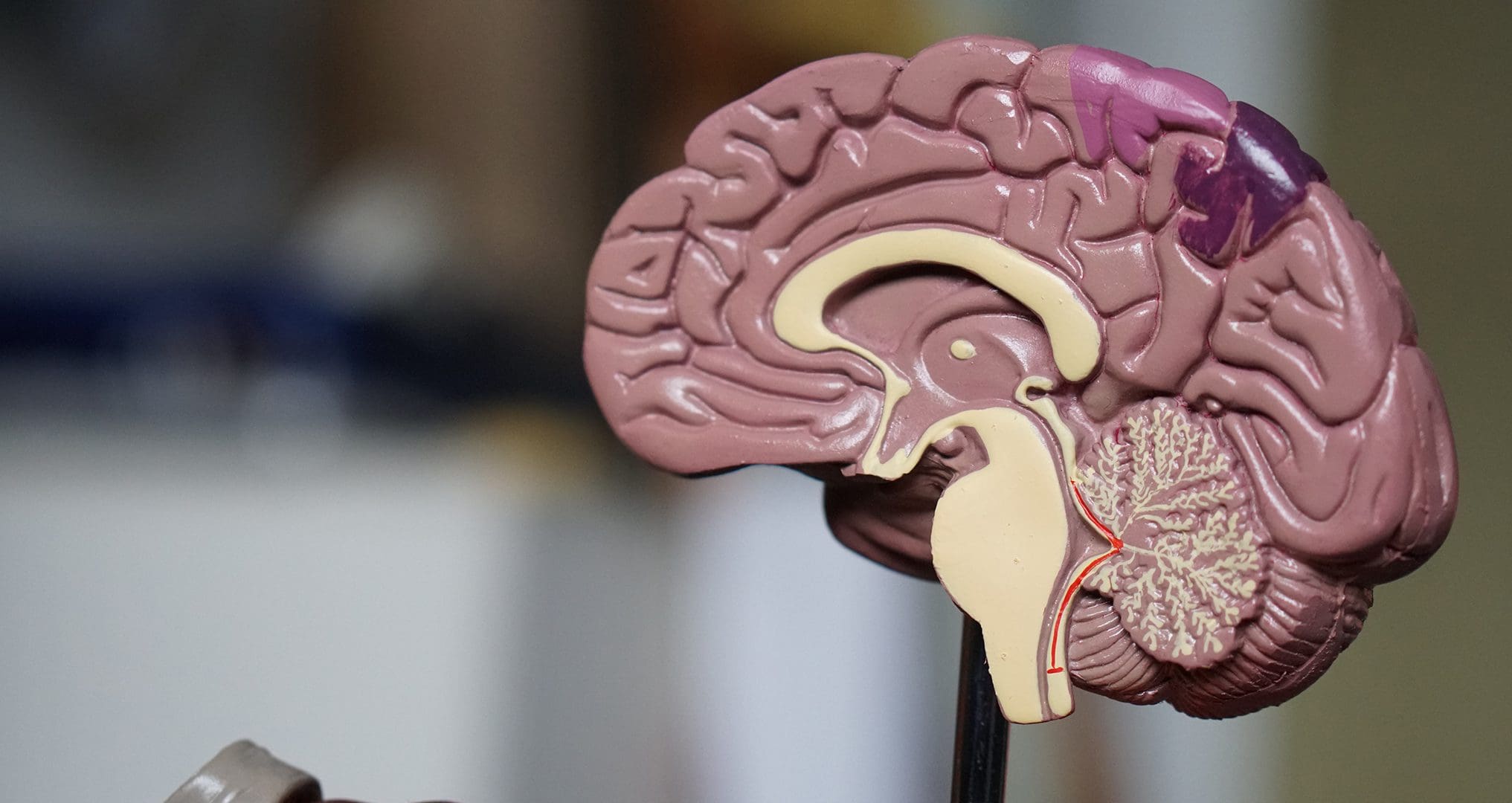Here at Peak Brain Centers, we get a lot of questions, as you can imagine. When it comes to the brain, people don’t fully understand how it operates and functions. Very few even know the brain is malleable and can change as we age. So, it’s not really surprising that we get skeptics, especially when it comes to brain mapping. But it’s completely normal to have questions.
So, we thought we’d take the time to answer a few:
1. What is a qEEG, or brain map?
A qEEG or Quantitative Electroencepaholgram, aka Brain Map, measures the electrical activity of your brain. This mapping process provides us with an objective assessment of your brain health and serves as a road map for your neurofeedback training. During a qEEG session, you sit in a comfortable chair while one of our neurofeedback experts strategically places 20 sensors on your scalp. These sensors allow us to record the electrical activity across the brain. This electrical activity is quantified and compared to a database of others in your age group. The processed EEG is then converted into two-dimensional images called brain maps. Ta-da!
2. How can brain mapping help tailor training for my needs?
Because brain mapping provides a detailed analysis of how your brain functions and measures the structures where electrical impulses are happening (aka, how brain waves are firing), we’re able to tailor your neurofeedback training. Similar to when you get an injury, and your physician wants an X-Ray to examine your bones to effectively plan the course of treatment, brain mapping is used to examine the condition of your brain and guide us effectively in planning training protocols to mitigate your challenges.
3. What challenges can brain mapping help with?
Brain mapping just identifies what is happening in the brain. The magic is in the neurofeedback training that comes afterward. With the objective brain map in our possession, we tie this objective data into your subjective concerns and tailor a training plan just for you.
Neurofeedback training is effective in mitigating the symptoms of anxiety, depression, insomnia, learning disorders, ADHD, and more. It is a non-invasive alternative to traditional treatments but can still be coupled with your regular medications. And by using real-time EEG data to help you improve focus, executive function, and impulse control – you can expect lasting results.
4. Why is seeing what is happening in your brain a game-changer?
We’ve found that a brain map provides validation and proof that the struggles you are going through are real and they do come from within your brain – no, you’re not crazy. :-)
5. How do brain maps improve your neurofeedback training?
Brain mapping provides a roadmap to specific areas of your brain that may be causing havoc.
6. Will brain mapping cause pain to the patient?
Not at all. Brain mapping is a non-invasive recording of the brain’s waves. Nothing is sent to your brain. Think of brain mapping similar to how a heart monitor would record your heart rhythm over a period of time or how a thermometer would record your temperature. Nothing more, nothing less. The caps we use at Peak Brain Centers look like latex spider webs – or at least that we tell the kids – and are placed over the entire scalp and secured under the chin with a strap similar to a bike helmet.
Schedule Your Brain Map Today!
Want to know what’s happening inside that noggin of yours? Then contact Peak Brain Centers today! We specialize in helping people mitigate the mental health symptoms that hold them back. This can be everything from autism to brain fog, addiction to depression. Even if you’re just trying to reach peak performance, we can help with that, too! Schedule your free consultation today.
Photo by Robina Weermeijer on Unsplash






